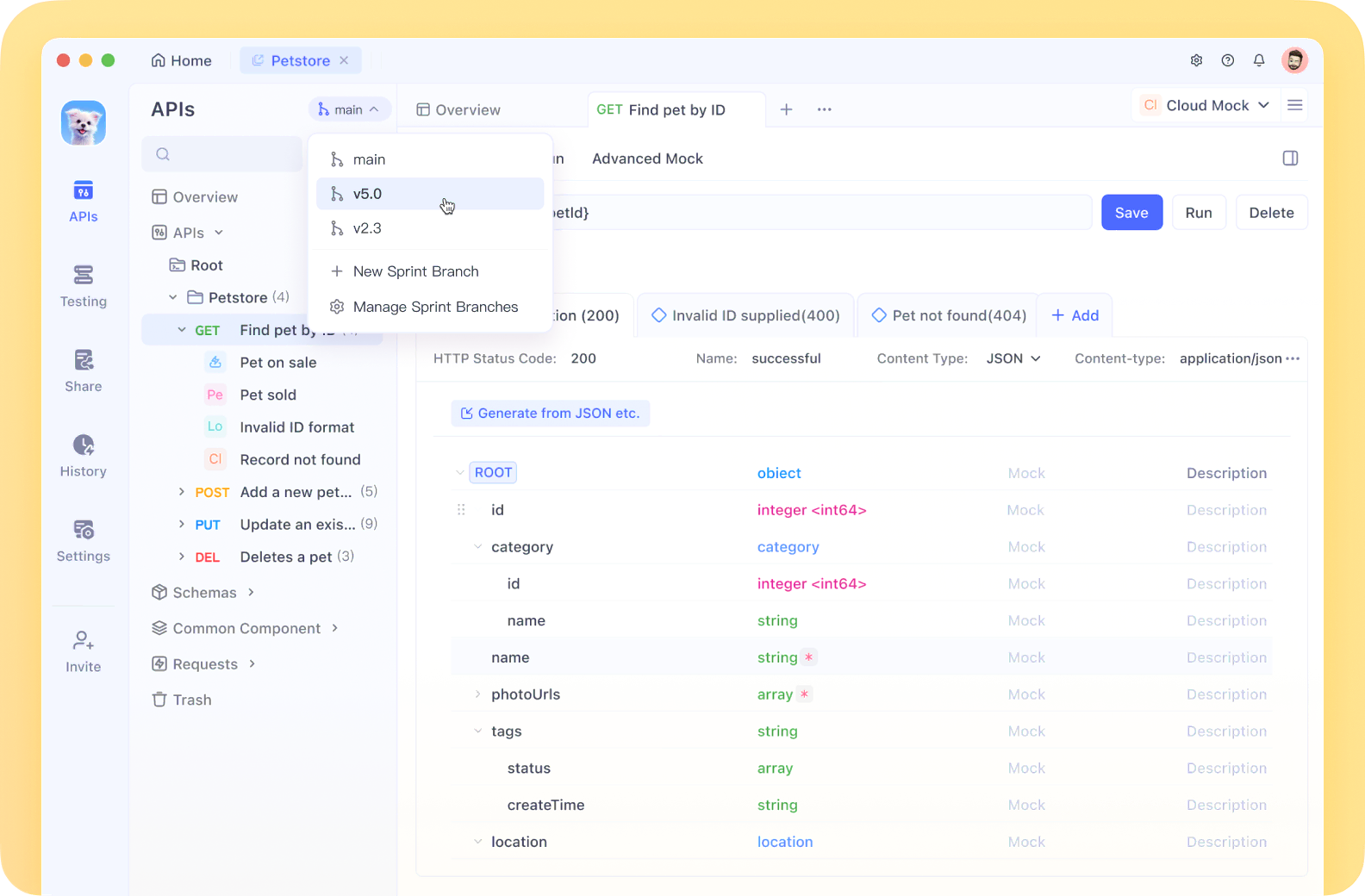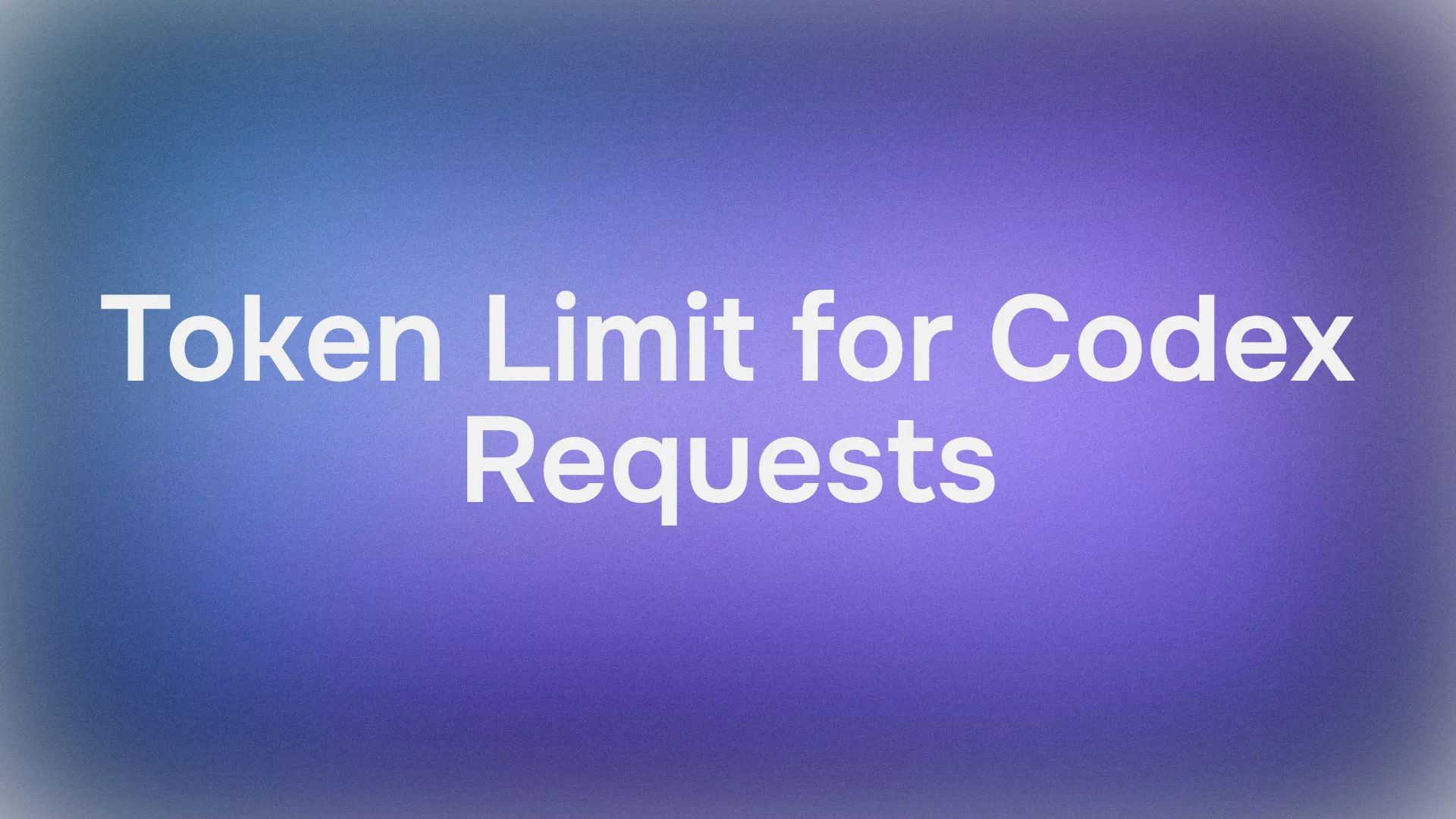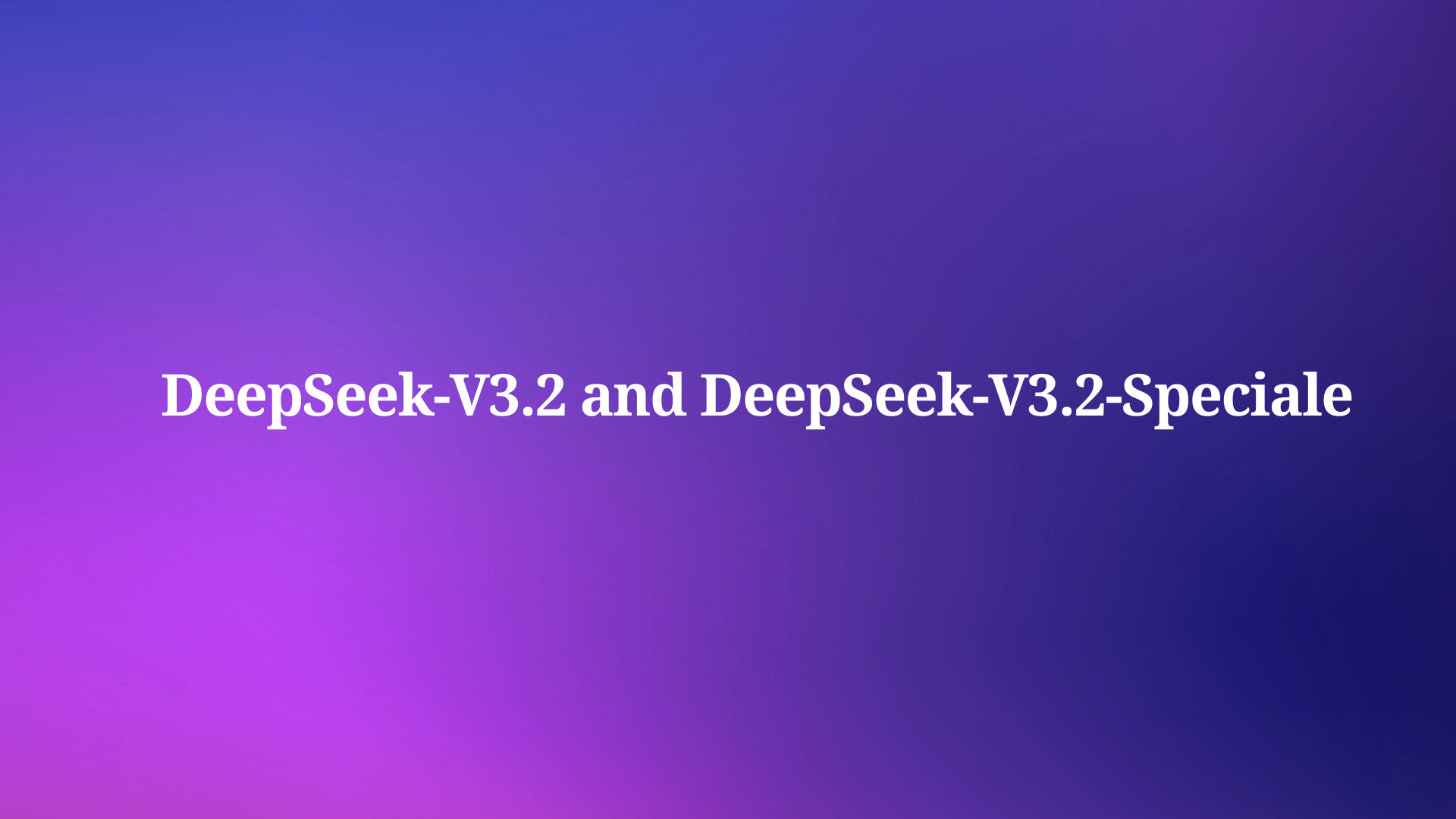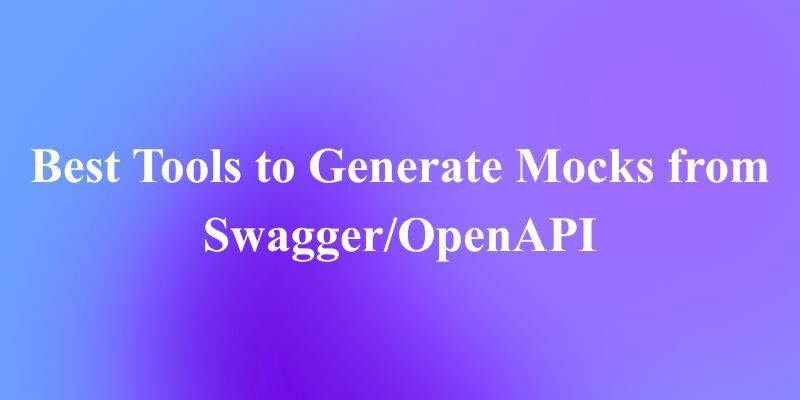Picture this: You're knee-deep in a coding marathon, feeding your AI buddy a massive codebase to refactor, when suddenly—bam—it chokes on "token limit exceeded." Sound familiar? If you're harnessing Codex, OpenAI's slick coding tool, those Codex token limits can feel like a buzzkill mid-flow. But fear not, fellow dev—this isn't a hard stop; it's an invitation to get smarter about your prompts. As of September 2025, Codex (powered by models like GPT-5-Codex) boasts generous token windows that handle everything from quick fixes to mono-repo makeovers. In this easygoing breakdown, we'll unpack what those Codex token limits really mean, how to squeeze every drop from them, and tips to boost your usage. Whether you're a solo hacker or team lead, mastering this keeps your AI sessions humming. Let's decode the tokens and level up your Codex game!
Want an integrated, All-in-One platform for your Developer Team to work together with maximum productivity?
Apidog delivers all your demands, and replaces Postman at a much more affordable price!
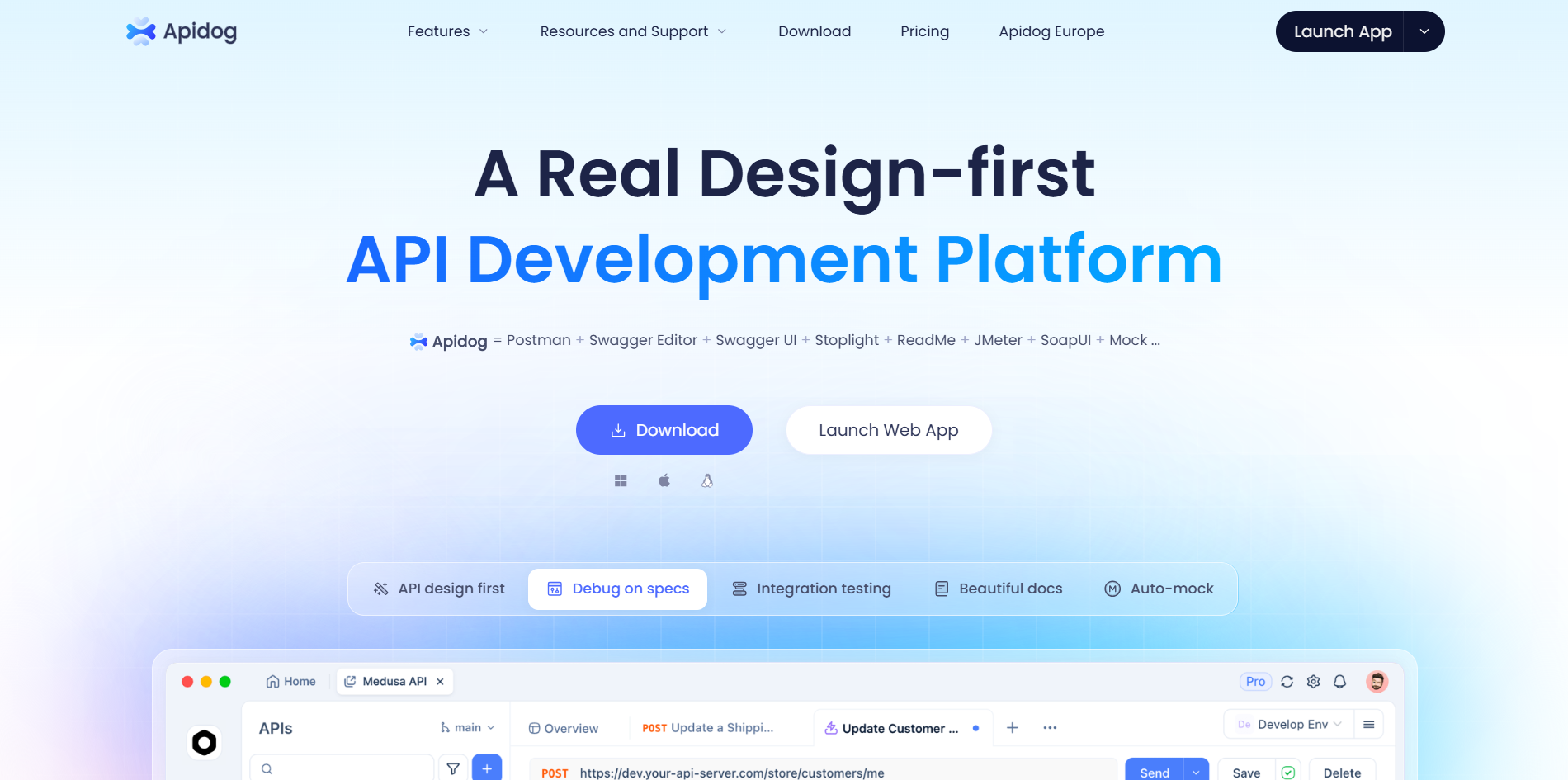
Demystifying Codex Token Limits: The Numbers Game
At its core, Codex token limits revolve around the context window—the total "brain space" your request can occupy. Unlike older models capped at 4K or 8K tokens, Codex—launched in May 2025 and upgraded with codex-1—rocks a whopping 192,000-token context length. That's enough to swallow a medium-sized repo (think of about 50K lines of code) while leaving room for your prompt, history, and output. Input tokens (your code + instructions) max out around 150K, with output capped at 42K to keep responses snappy—totaling that 192K sweet spot.
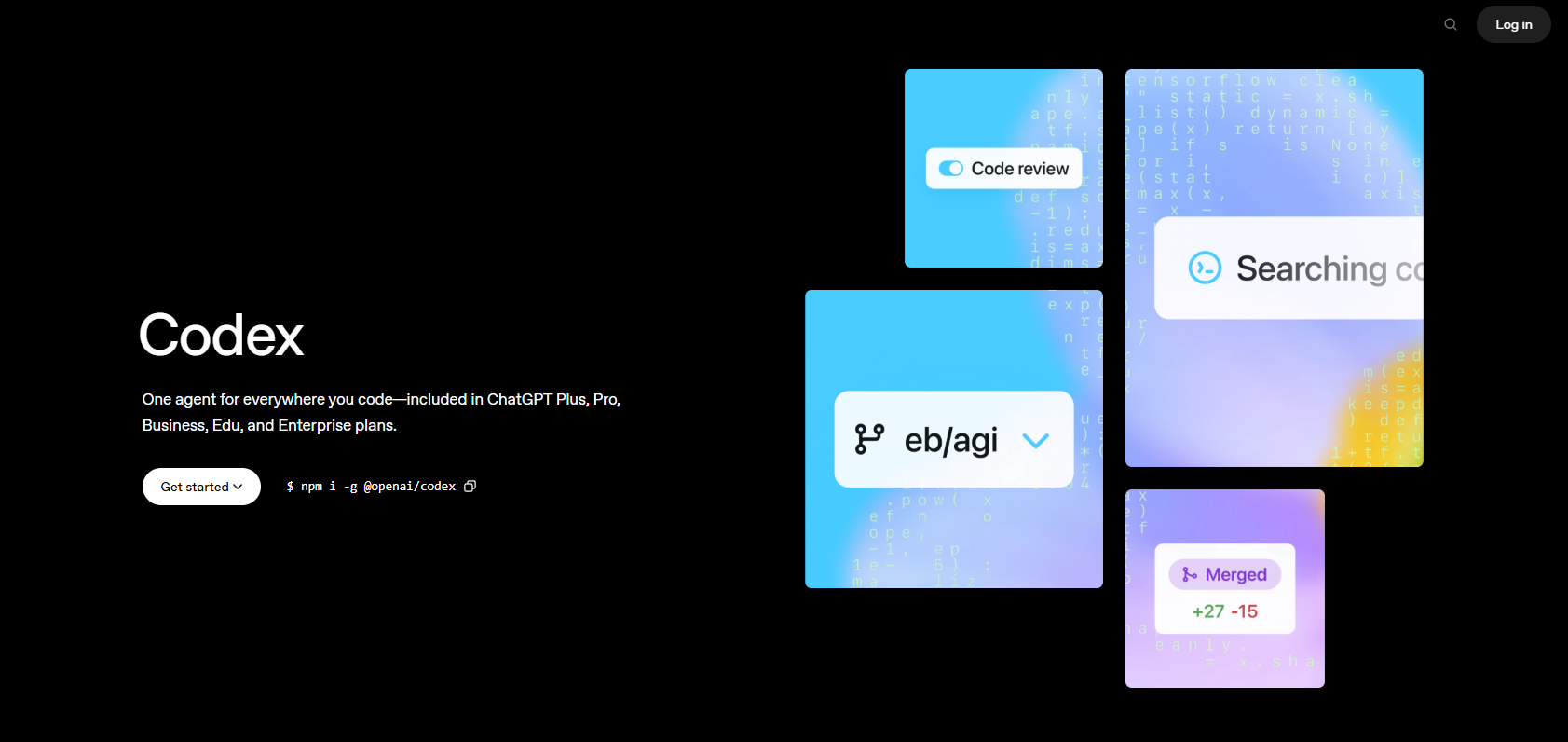
Why so roomy? Codex is built for real-world engineering: Debugging a legacy app? Toss in the full module. Building a feature? Include specs, deps, and tests without chopping. The codex-mini-latest variant dials it back to 128K for lighter tasks (code Q&A, quick edits), but the full codex-1 shines for heavy lifting. Per-message limits tie into your plan—Plus users get 30-150 messages/5 hours, but each can guzzle up to 192K if complex. No hard per-request cap beyond the window; it's more about overall usage to prevent server meltdowns.
These limits aren't static—OpenAI's iterating based on feedback. Early 2025 previews were "unmetered" for testing, but now they're tiered for sustainability. For API users, it's pay-per-token: $1.50/1M input, $6/1M output on codex-mini, with 75% caching discounts for repeats. Bottom line: Codex token limits are generous for most devs, but savvy prompting turns them into superpowers.
How to Take Advantage of Codex Token Limits: Maximize Your Window
Hitting that 192K ceiling? Nah, with smart strategies, you'll rarely touch it—and when you do, you'll love it. The key to owning Codex token limits is treating them like RAM: Load what matters, prune the fluff, and iterate efficiently.
First, chunk wisely: For big codebases, summarize non-essential files ("Here's utils.py; focus on auth logic") to free tokens for critical paths. Tools like git diff or selective uploads shave 50% off inputs without losing context. In the CLI, use --context-file to preload summaries, keeping your prompt lean.
Leverage caching: Repeat patterns? OpenAI's 75% discount on cached prompts means regenerating a boilerplate test suite costs peanuts. Prompt once with full context, then reference it: "Build on the previous auth refactor." This chains sessions without reloading everything, stretching your window across marathons.
Go multimodal: GPT-5-Codex eats images (screenshots of errors) without token hits—describe a UI bug visually, saving text bloat. For outputs, set --max-output 10K to focus on fixes, not essays.
Monitor like a hawk: The CLI dashboard shows real-time burn (e.g., 486K used, 32% context left). Set alerts for 80%—pause, summarize progress in AGENTS.md, and resume. Pro users get finer granularity, spotting token hogs like verbose reasoning.
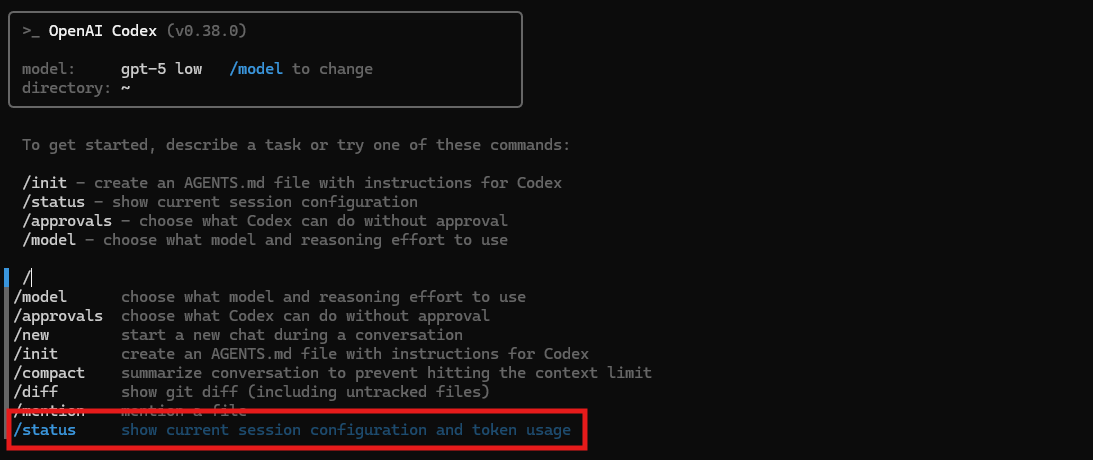
Edge cases? Monorepos: Use vector search to retrieve relevant chunks on-the-fly, feeding only 20K at a time. This dynamic loading bypasses static limits, ideal for enterprise sprawl. Result? Tasks that'd overflow older models fly smoothly, with devs reporting 3x throughput.
Best Ways to Utilize Codex: Beyond the Limits
Codex token limits are just the canvas—true mastery comes from wielding it like a Swiss Army knife for dev life. Start with the CLI for terminal warriors: codex debug app.py --context 50K ingests half your limit for targeted fixes, outputting PR diffs. Pair with VS Code extension for inline suggestions—hover a function, hit "Test with Codex," and it generates suites within 10K tokens.
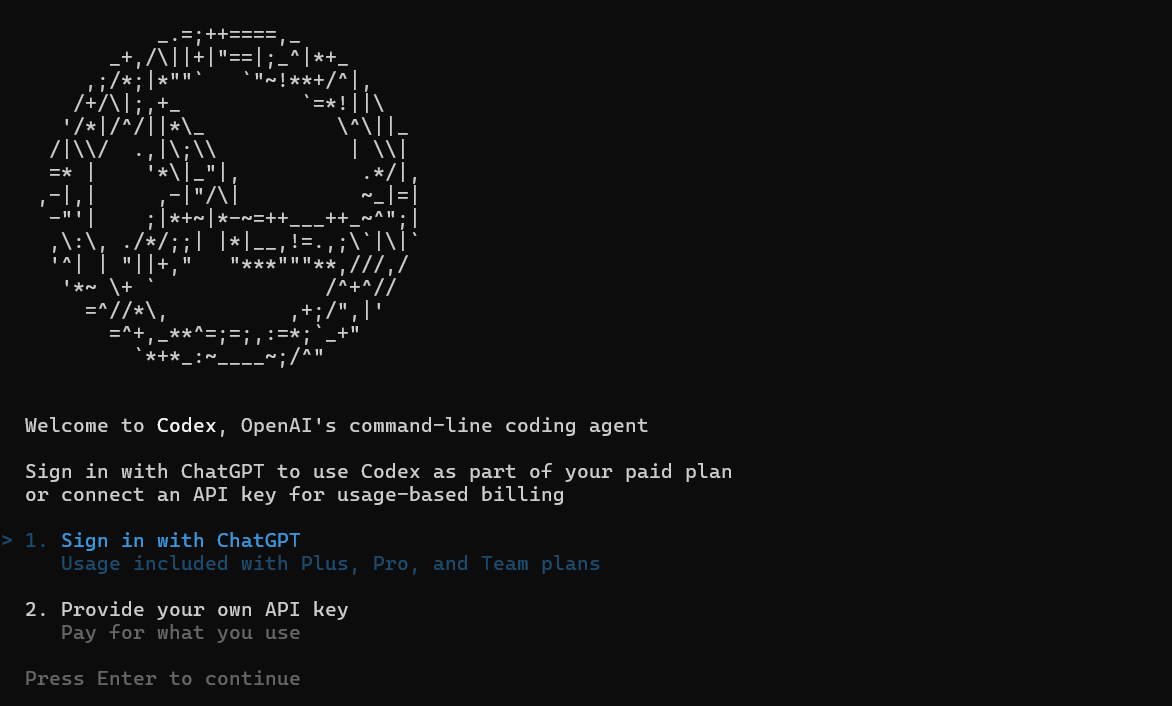
For teams, delegate: Assign agents via cloud mode (unlimited-ish for bursts) for parallel tasks—one debugs frontend (20K tokens), another backend (separate window). Integrate MCP for context handoff: Pass a summarized state between agents, minimizing reloads.
Prompt engineering amps utilization: "Prioritize efficiency: Explain fix in 500 tokens, code in 2K." This squeezes value from outputs. Chain with tools—use File Search to pull snippets (5K tokens), feed to Interpreter for execution (no extra cost), then refine.
Enterprise? Custom limits via credits let you burst to 500K+ per task, perfect for migrations. Free tier? Stick to mini-model for 128K basics, upgrading when hooked.
Pitfalls? Overloading prompts bloats inputs—keep 'em modular. Always verify outputs; tokens saved on hallucinations beat wasted reruns.
Conclusion: Tokens Are Your Ally, Not Enemy
Codex token limits—that 192K powerhouse—aren't barriers; they're blueprints for efficient genius. By chunking, caching, and chaining, you turn constraints into creativity, making Codex your ultimate co-pilot. Whether CLI sprints or IDE marathons, optimize ruthlessly and watch productivity soar. Got a token-saving trick? Share on any dev platform—let's hack the limits together!
